On average, the North-South high-speed railway ticket price per kilometer is lower than that of Asian countries such as China, Japan, Korea, Indonesia...

Shinkansen trains reach speeds of 320 km/h with the world's safest braking system. Photo: Fikri Rasyid.
The North-South 350 km/h high-speed railway project has been approved for investment with a total capital of 67.34 billion USD . The entire 1,541 km route is expected to be completed in 2035 and is estimated to help GDP increase by an average of 0.97%/year. According to the draft, the ticket price will be equal to 75% of the average airfare, ranging from 1.7 to 6.9 million VND. This level is not much different from countries with similar conditions in the region, and is even cheaper.Price levels between countries
Specifically, ticket prices are divided into 3 levels to suit people's ability to pay, different needs and levels of comfort. On the Hanoi - Ho Chi Minh City route, first class tickets cost about 6.9 million VND, second class is 2.9 million VND and third class is 1.7 million VND. The travel time between the 2 areas is expected to be only 5 hours and 30 minutes, 6 times faster than conventional railways. In fact, high-speed railways have appeared for decades and are a popular means of transportation in many countries. Of which, China is currently the country with the largest high-speed railway network in the world with 42,000 km of highways nationwide. The Beijing - Shanghai route, with a length of 1,318 km, connects 2 major economic regions of China, and is the busiest and most important high-speed railway route. This route has two types of trains operating in parallel, with a maximum speed of 350 km/h, helping to shorten the travel time between the two cities to less than 5 hours. Ticket prices here are divided into many classes, in which second class tickets cost 570-660 yuan (equivalent to 2-2.3 million VND), first class 960-1,000 yuan (3.4-3.5 million VND), and business class 1,800-2,300 yuan (6.3-8 million VND).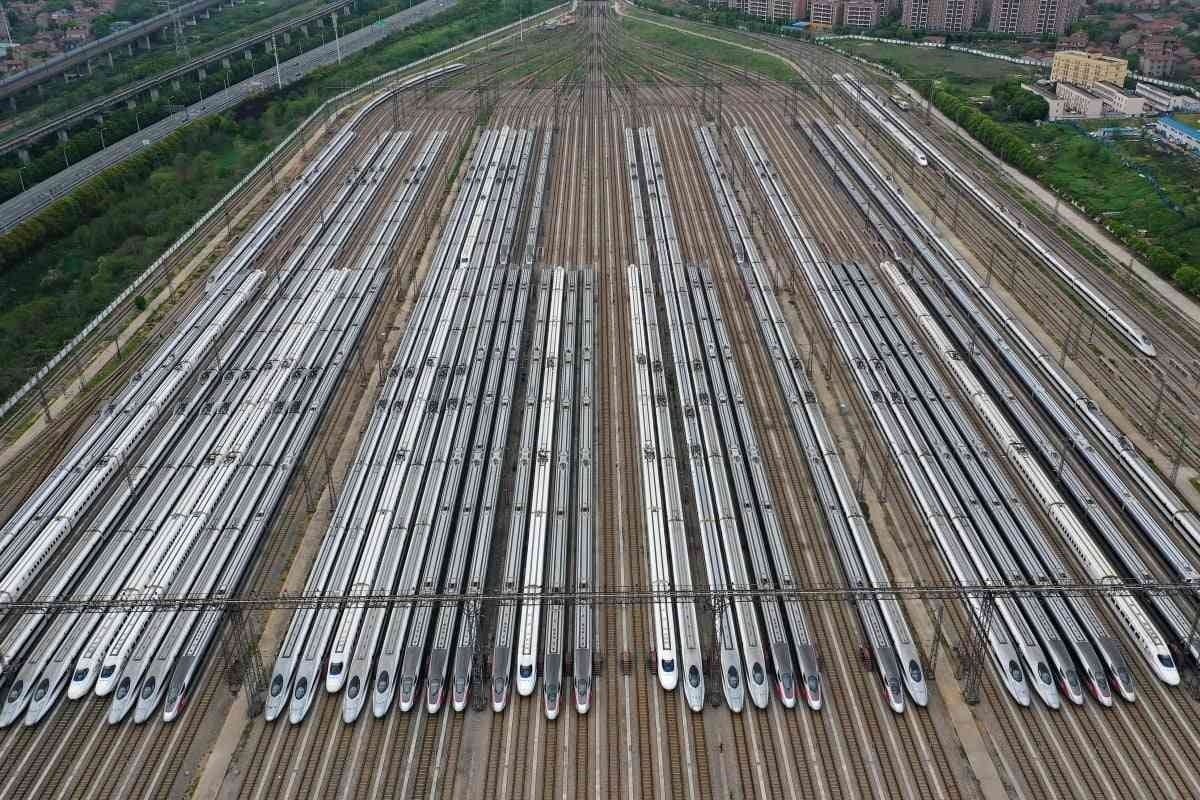
China's dense high-speed rail system. Photo: Xinhua.
Meanwhile, Japan is famous for having the most advanced and safest high-speed rail system in the world, with a 320 km/h bullet train that can brake quickly within 1.3 seconds if an incident occurs. The longest train line, with 674 km of railway connecting Tokyo and Aomori (Northern Japan), runs for only 3 hours and 30 minutes. Ticket prices for this line are divided into 3 classes, including regular class 17,470 yen (VND 3 million), first class 23,540 yen (VND 4 million), and Gran Class 28,780 yen (VND 5 million). The train route connecting Japan's two major economic centers, Tokyo and Osaka, costs around 13,000-14,000 yen (VND 2.2-2.4 million), while the 331km Osaka - Hiroshima route costs around 15,000-17,000 yen (VND 2.6-2.9 million). In Korea, the KTX high-speed train is the fastest and most convenient means of transportation, with ticket prices changing depending on the train's schedule. Departing from Seoul station, a ticket to Busan (323km) costs around 59,800 won (VND 1.1 million), to Daejeon (139km) is 23,700 won (VND 450,000), and from Seoul to Dongdaegu is around 43,500 won (VND 818,000).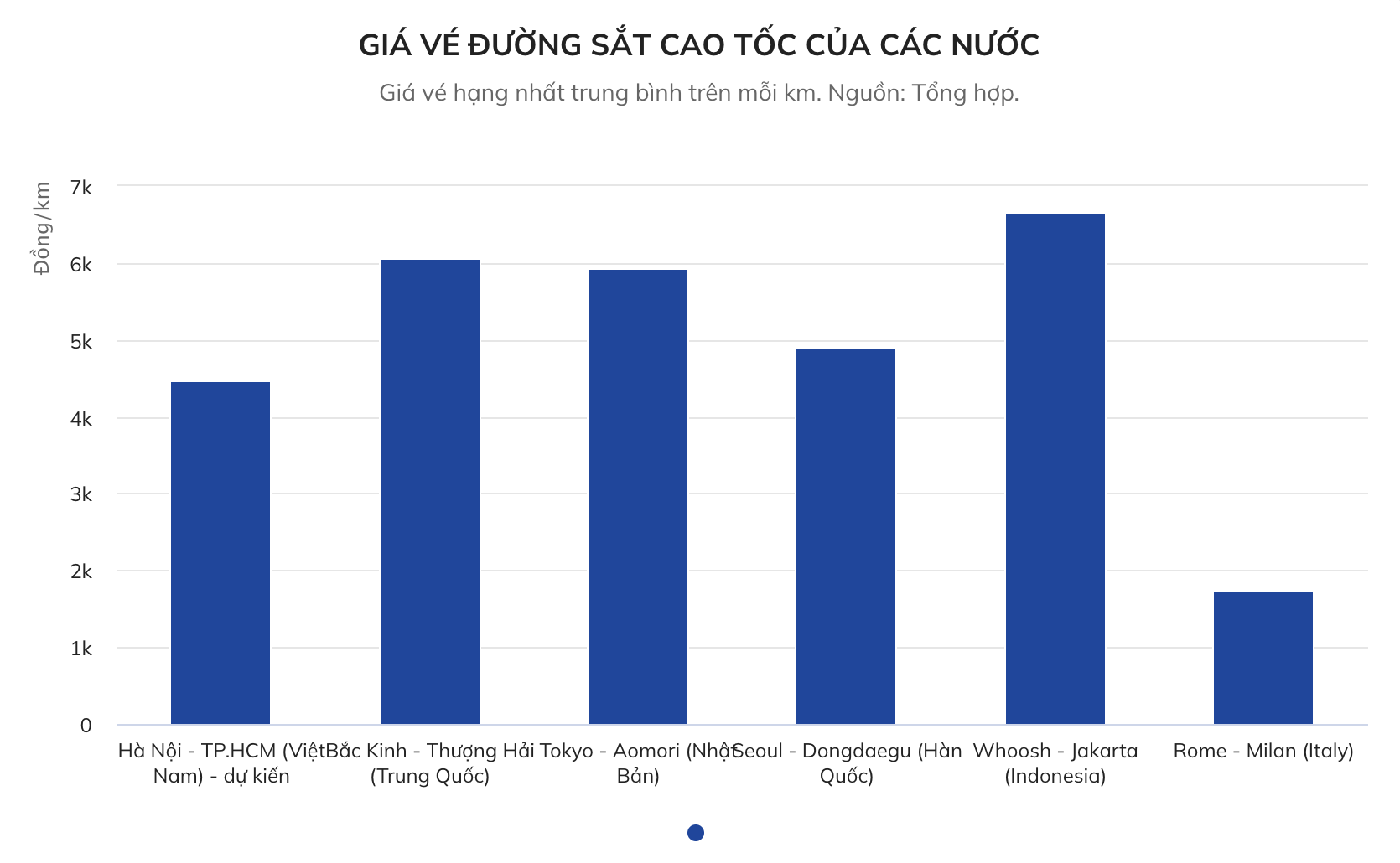 In Southeast Asia, Indonesia is the first country to operate high-speed rail, with the Whoosh line connecting Jakarta and Bandung. According to the company's website, current ticket prices are 225,000 rupiah (about 355,000 VND) for economy class, 450,000 rupiah (about 710,000 VND) for business class and 600,000 rupiah (about 945,000 VND) for first class. Meanwhile, Europe, typically Italy, is attracting people to use high-speed trains with a low-cost strategy. Italo Railways has put pressure on two low-cost airlines, Ryanair and EasyJet, to stop operating flights between Rome and Milan, because the airline has been running dozens of trains between the two cities with a round-trip ticket price of only 40 euros (over 1 million VND), while the cheapest round-trip airfare is 79 euros (over 2 million VND).
In Southeast Asia, Indonesia is the first country to operate high-speed rail, with the Whoosh line connecting Jakarta and Bandung. According to the company's website, current ticket prices are 225,000 rupiah (about 355,000 VND) for economy class, 450,000 rupiah (about 710,000 VND) for business class and 600,000 rupiah (about 945,000 VND) for first class. Meanwhile, Europe, typically Italy, is attracting people to use high-speed trains with a low-cost strategy. Italo Railways has put pressure on two low-cost airlines, Ryanair and EasyJet, to stop operating flights between Rome and Milan, because the airline has been running dozens of trains between the two cities with a round-trip ticket price of only 40 euros (over 1 million VND), while the cheapest round-trip airfare is 79 euros (over 2 million VND).Golden opportunity from North-South high-speed railway
Despite facing many great development opportunities when implementing the North-South high-speed railway, many opinions say that Vietnam is still lagging behind Cambodia and Laos, neighboring countries that have successfully developed high-speed railways for several years. However, according to Dr. Majo George, senior lecturer in Supply Chain Management and Logistics at RMIT University Vietnam, this is a strategic time for Vietnam to access advanced technology. Instead of facing the limitations of old infrastructure like Japan and France, Vietnam can "leapfrog" and apply modern, cost-saving and more sustainable technological solutions right from the start. Dr. Majo George assessed that the proposed speed of 350 km/h for the North-South high-speed railway is quite ambitious, but still feasible and strategically necessary. "By optimizing shipping routes at 350 km/h, Vietnam will increase its chances of attracting investment, improving trade efficiency, and strengthening its role as a Southeast Asian logistics hub. At the same time, this is also a 'golden opportunity' to boost economic growth and enhance its position in the global supply chain," he said.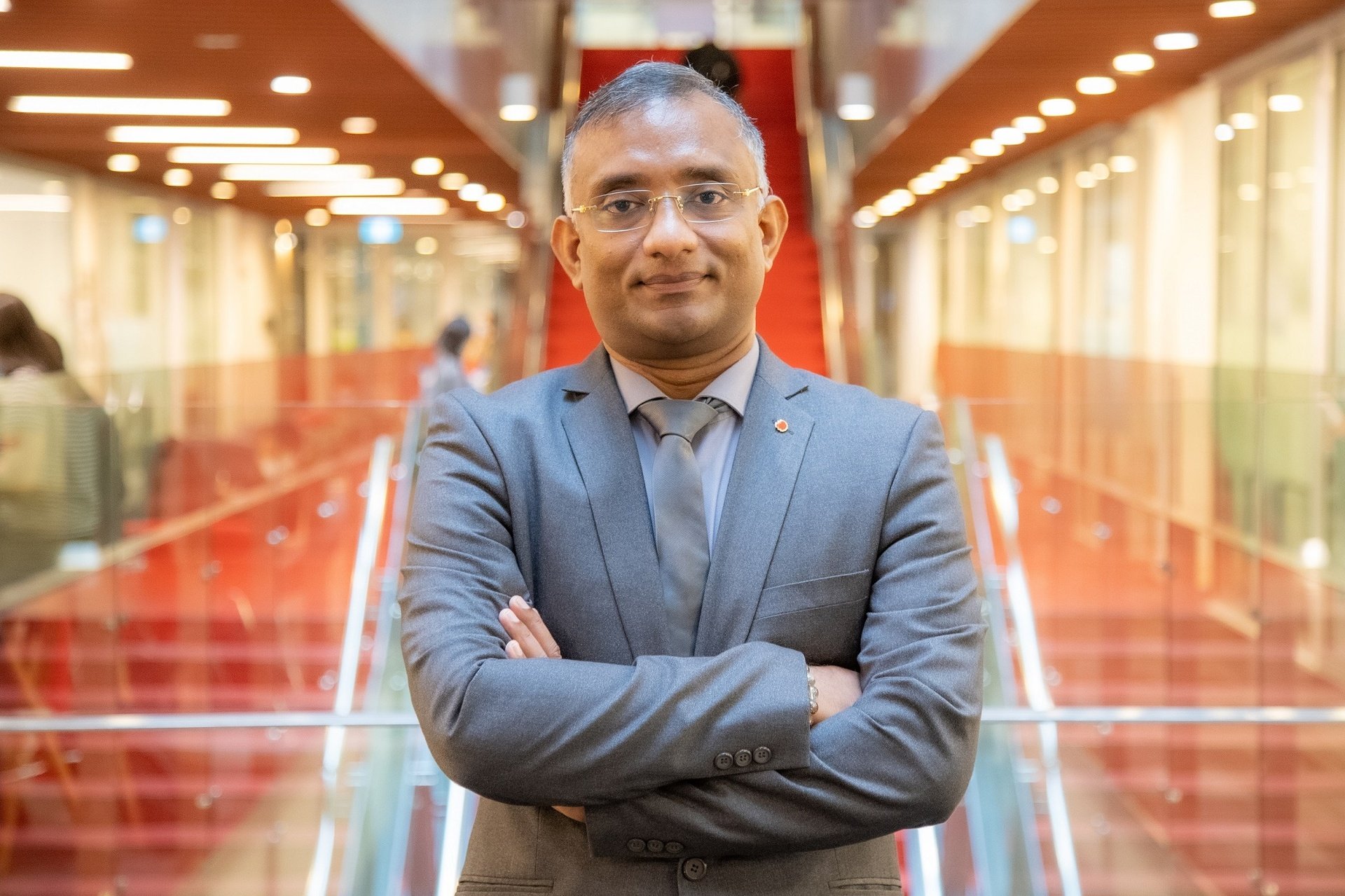
Dr Majo George, Senior Lecturer in Supply Chain Management and Logistics at RMIT University Vietnam. Photo: RMIT Vietnam.
The project's investment capital proposed by the Ministry of Transport will mainly come from the State budget, which is mobilized at low cost and with few constraints, and does not depend on foreign countries. According to Dr. Majo George, Vietnam should explore public-private partnerships (PPP) to reduce the financial burden. "By allowing private enterprises and the public to invest in the railway system, Vietnam can receive more attention and contributions from the public, while still ensuring long-term financial stability," he said. He also recommended that the Government divide the project into different phases or areas, allowing the application of specialized international expertise to each part. This method of dividing responsibilities ensures high-quality output and speeds up progress. For example, Japan, a technology expert, can oversee one segment with its expertise in high-speed rail. Meanwhile, Germany, China, Singapore and India can manage other segments based on their strengths. This participation also promotes financial and technical cooperation, enhancing the sustainability of the project. In addition, he said that sustainability is also a priority, by applying green technology and reducing environmental impact to match global standards and ensure long-term success.Znews.vn
Source: https://znews.vn/gia-ve-duong-sat-cao-toc-bac-nam-re-hon-nhieu-nuoc-post1501504.html

![[Photo] Looking back at the impressive moments of the Vietnamese rescue team in Myanmar](https://vstatic.vietnam.vn/vietnam/resource/IMAGE/2025/4/11/5623ca902a934e19b604c718265249d0)
![[Photo] "Beauties" participate in the parade rehearsal at Bien Hoa airport](https://vstatic.vietnam.vn/vietnam/resource/IMAGE/2025/4/11/155502af3384431e918de0e2e585d13a)




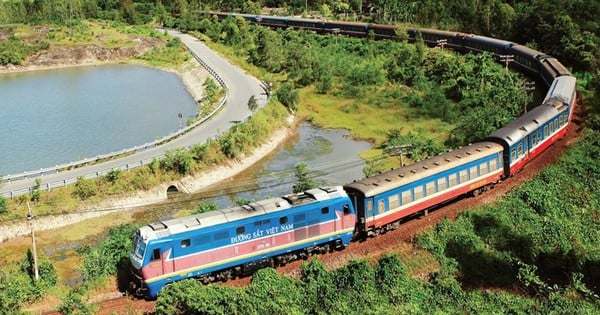

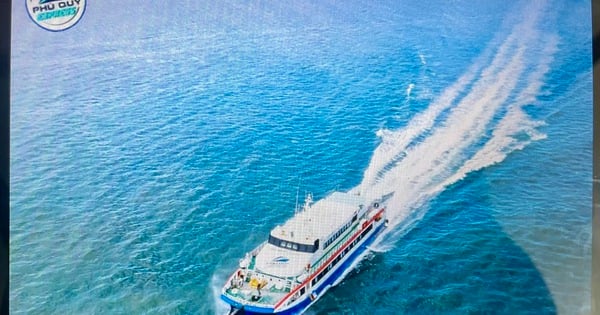

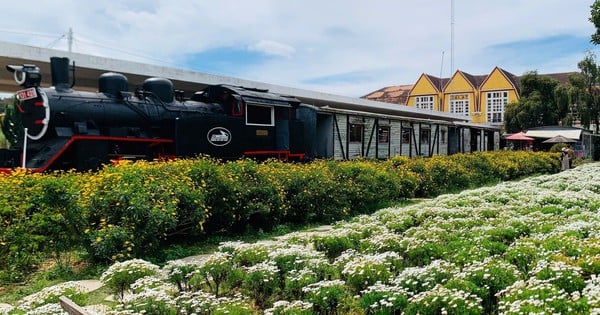
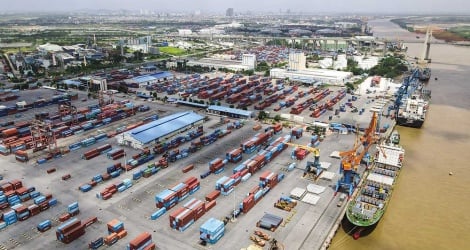

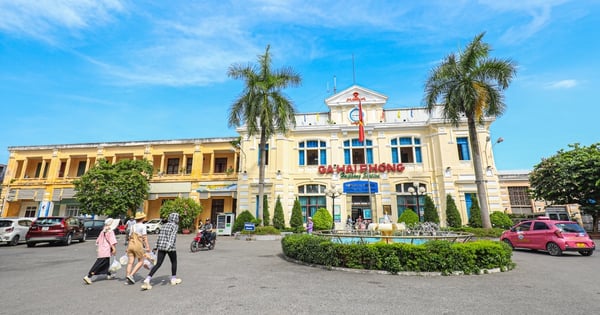
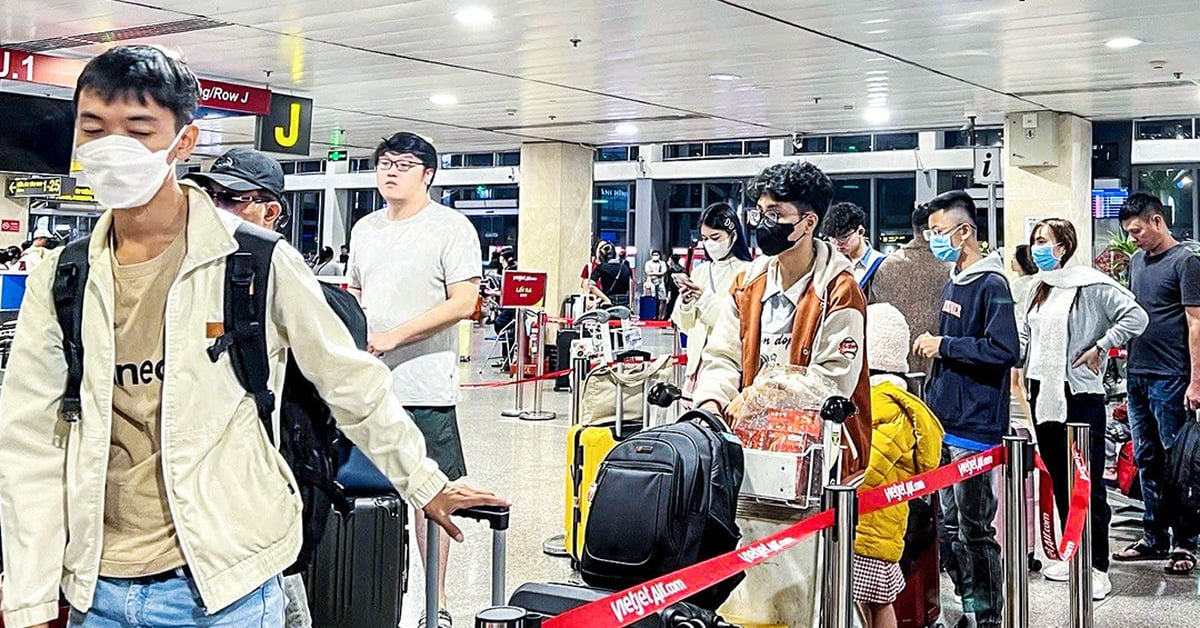

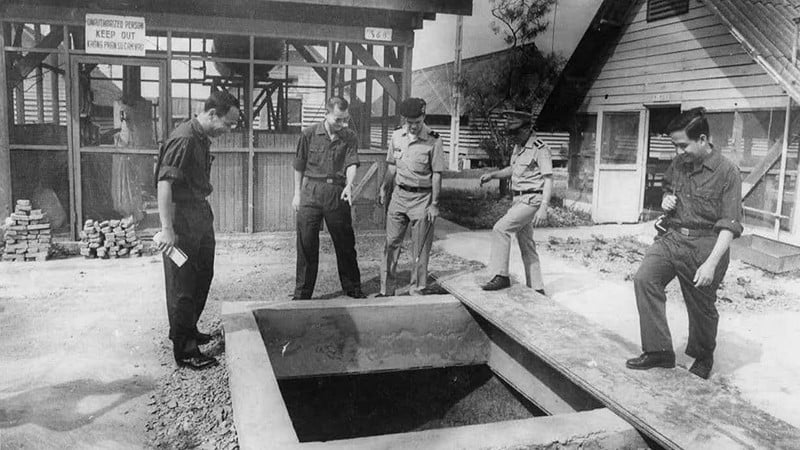
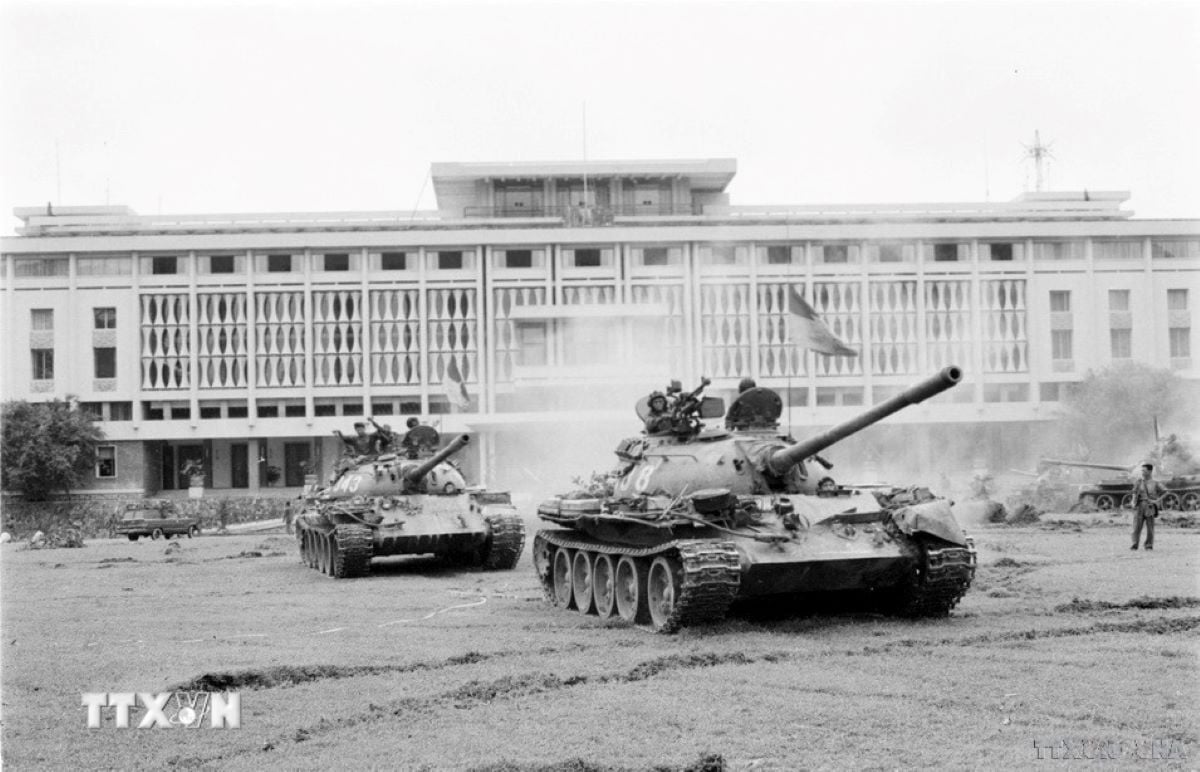
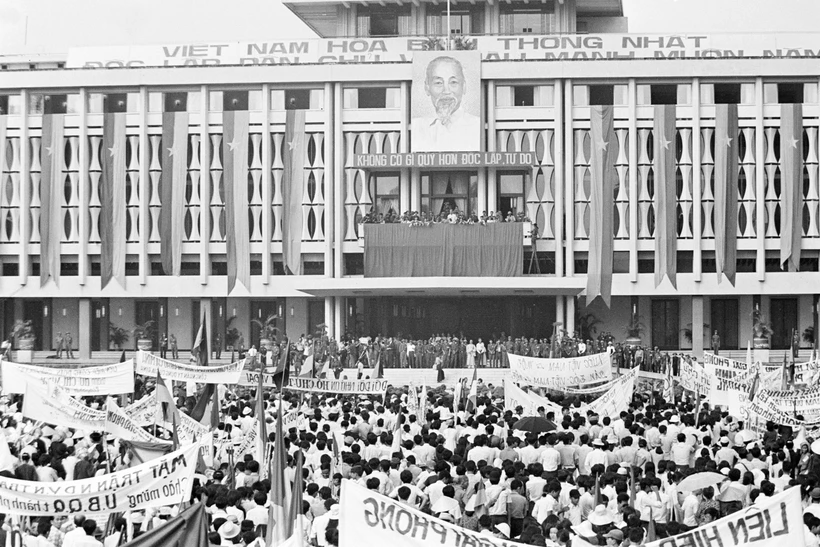
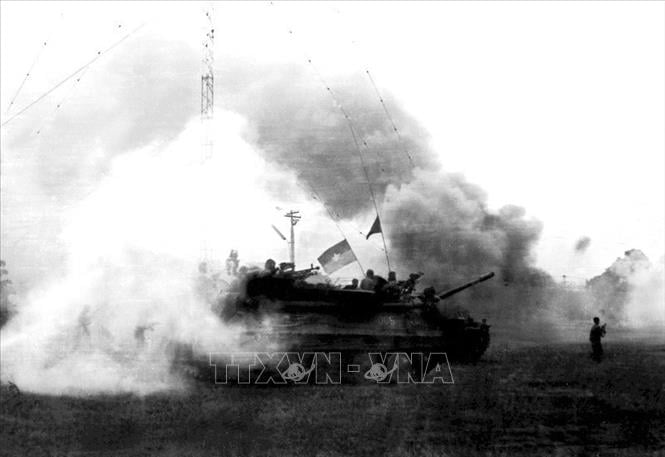
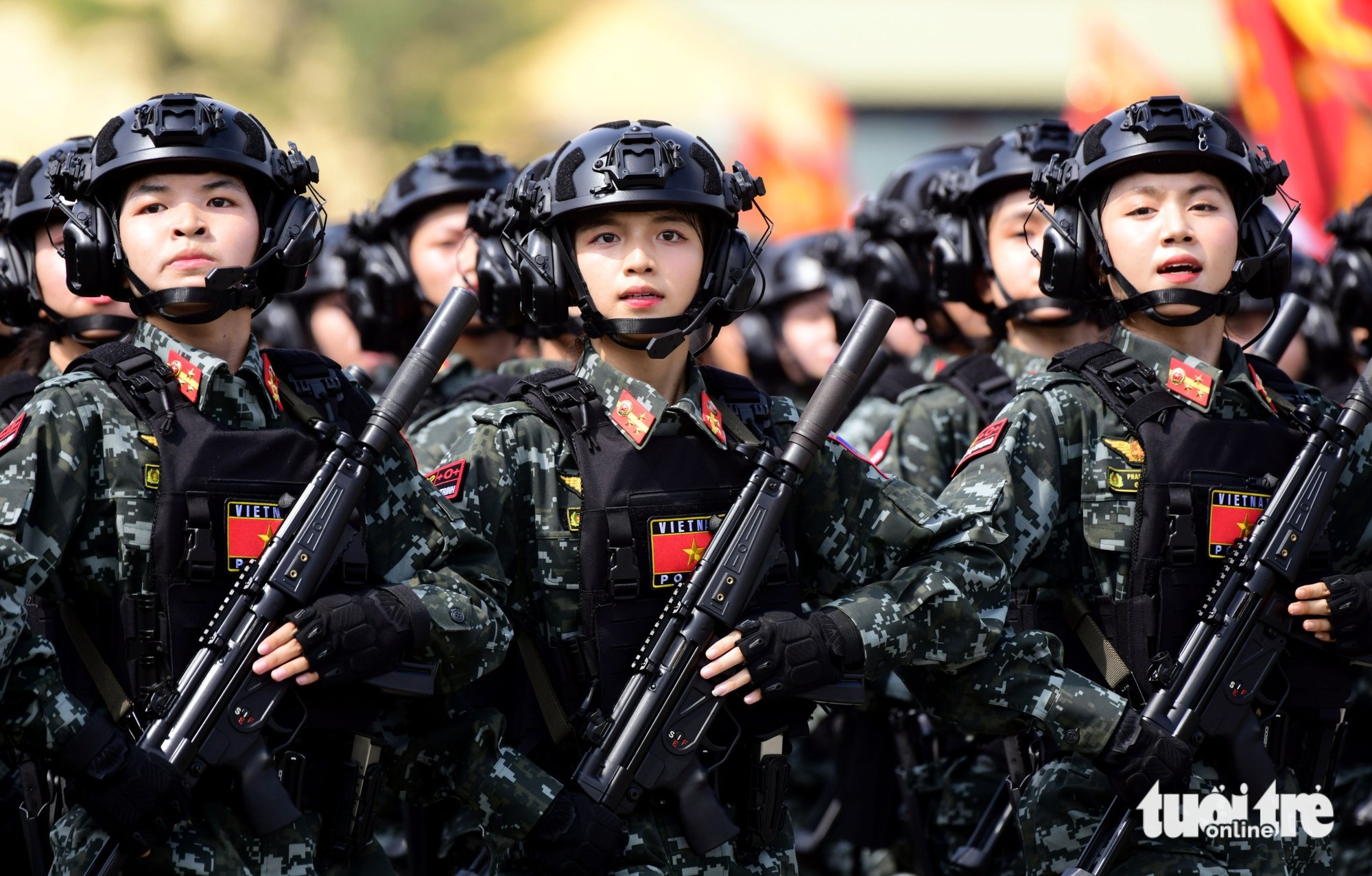








![[Photo] Summary of parade practice in preparation for the April 30th celebration](https://vstatic.vietnam.vn/vietnam/resource/IMAGE/2025/4/11/78cfee0f2cc045b387ff1a4362b5950f)





























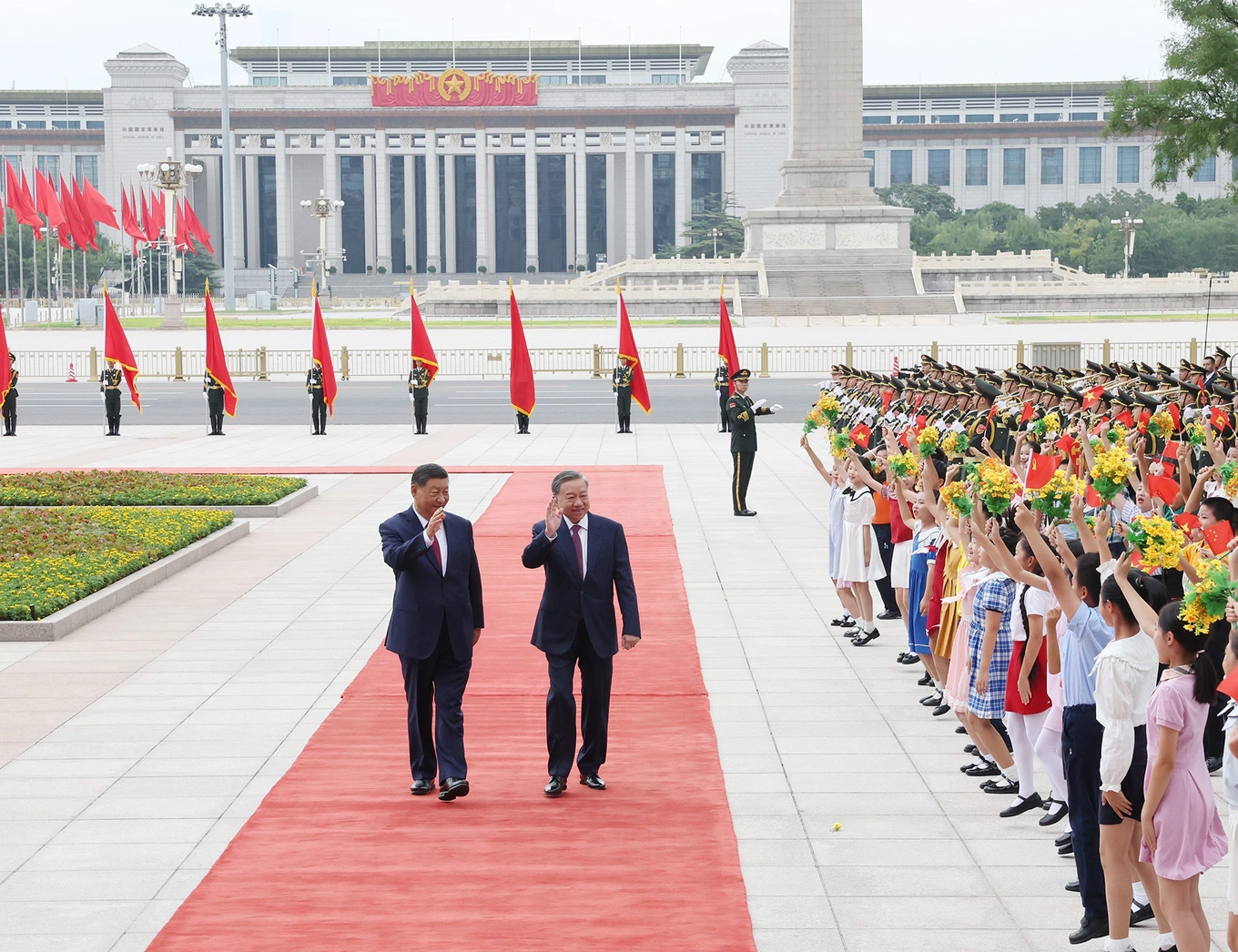
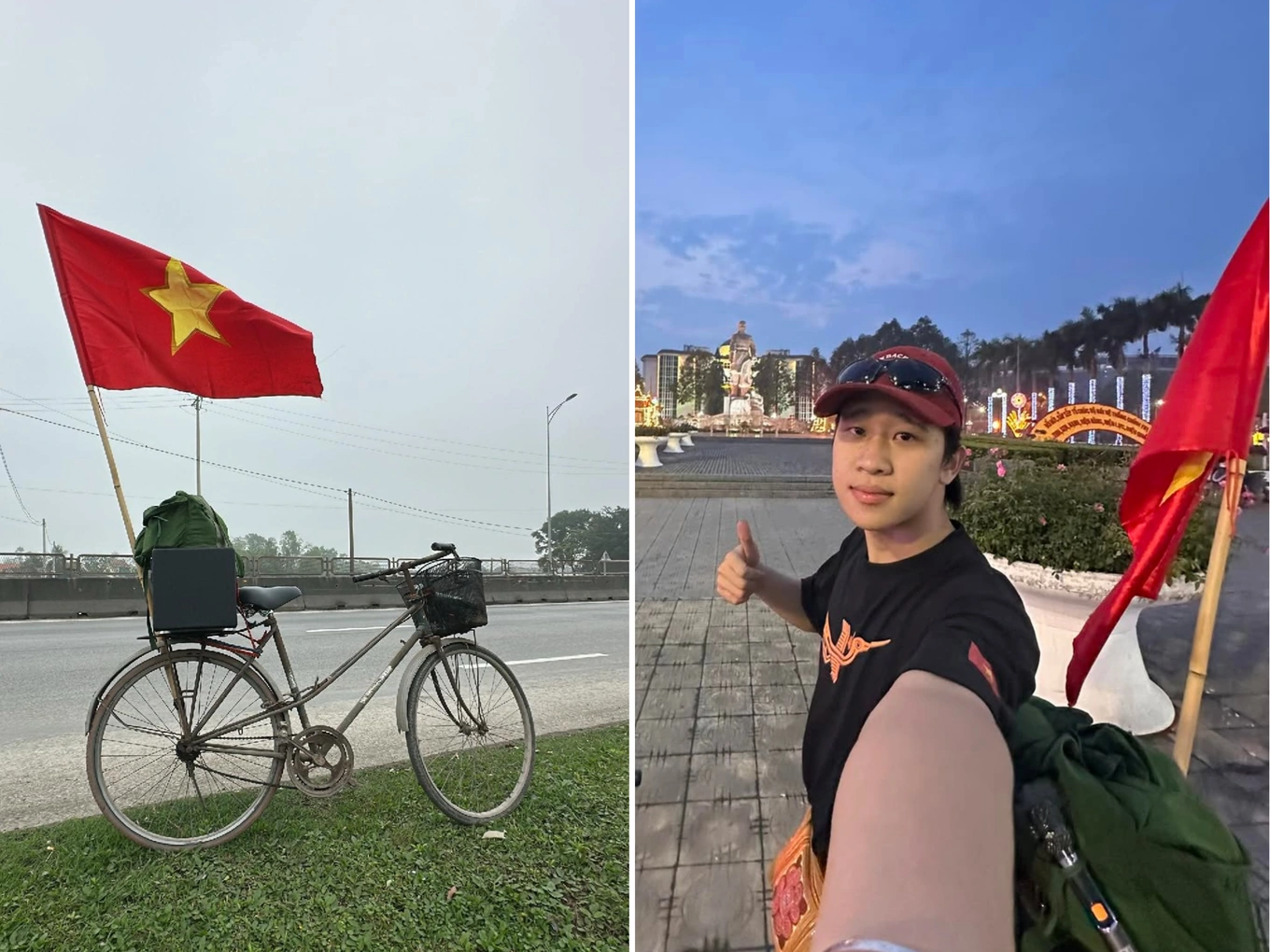
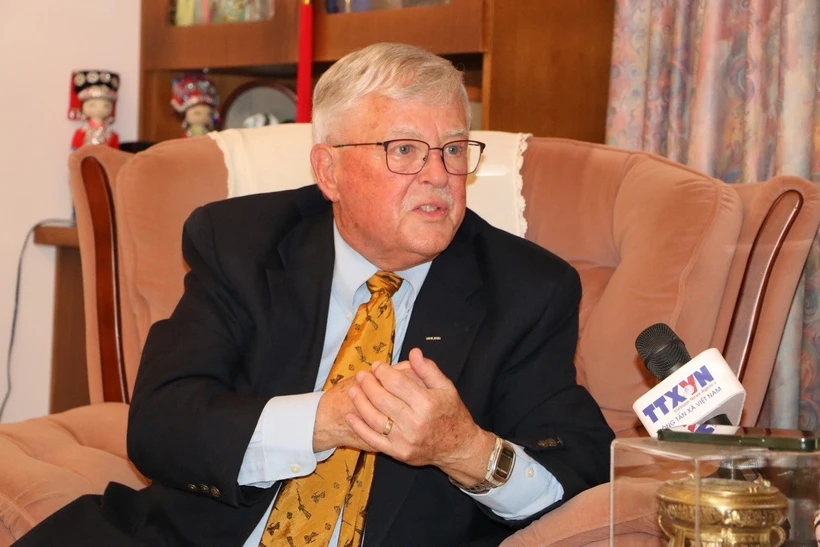
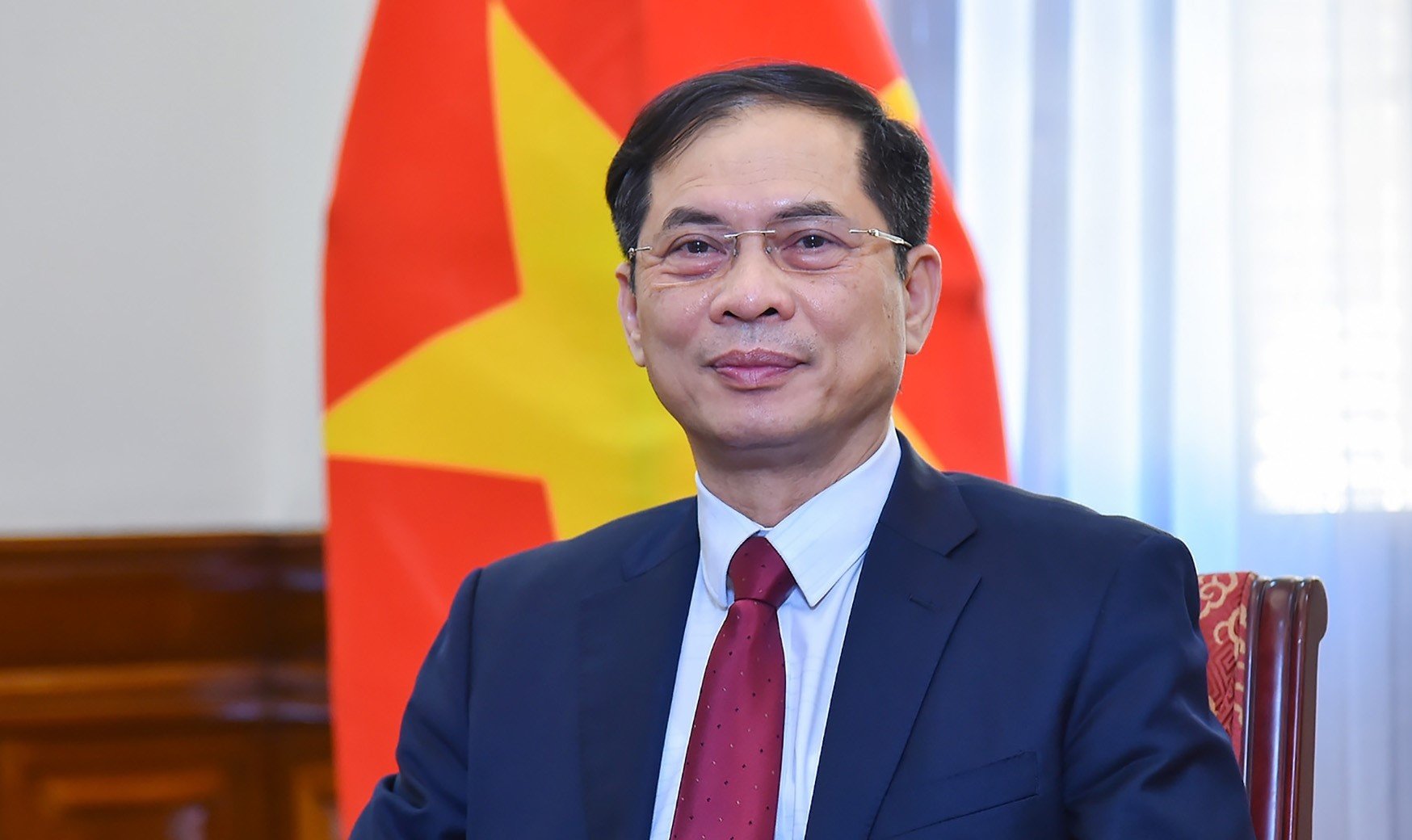




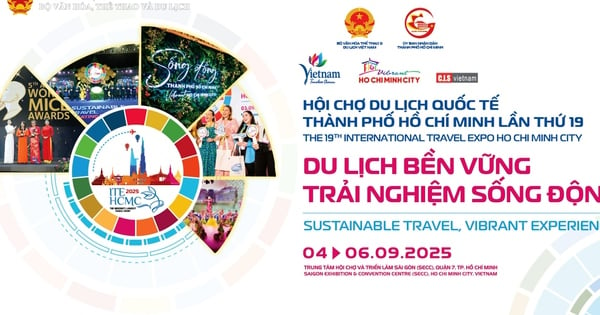
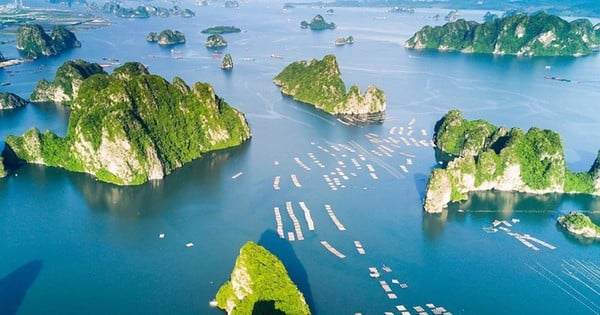




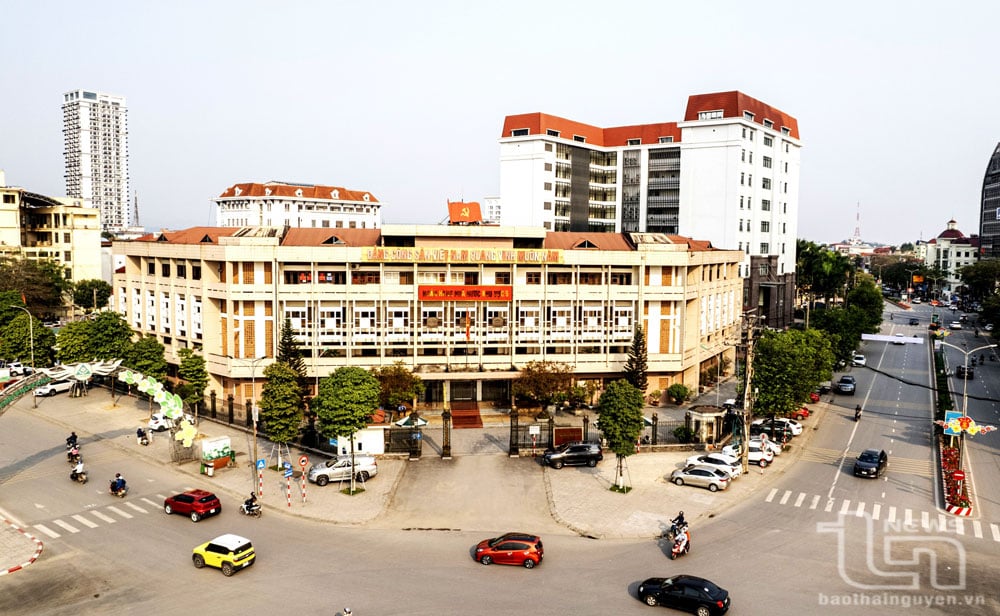



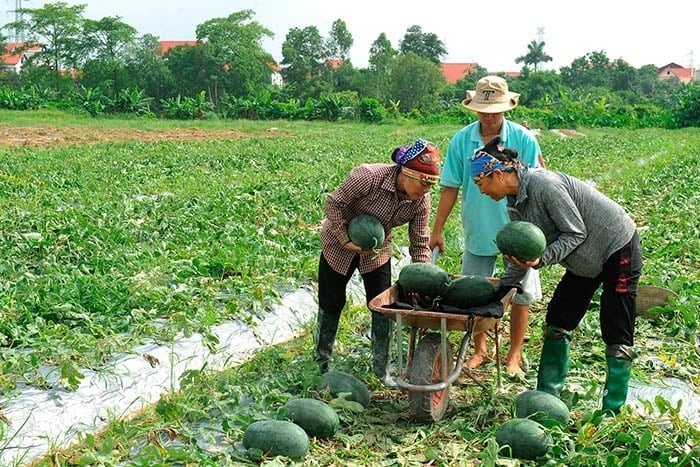

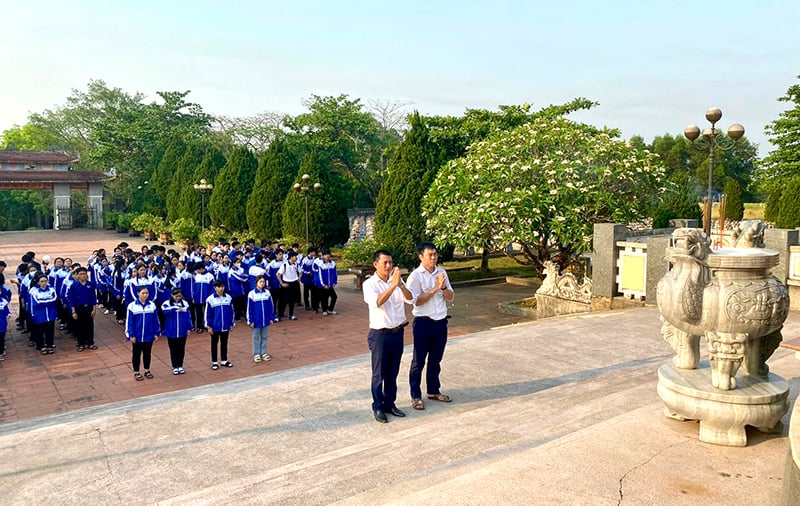
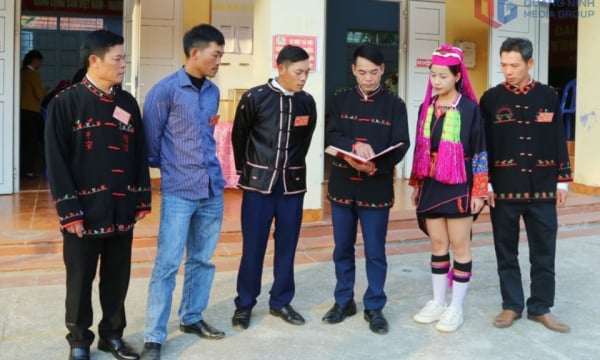

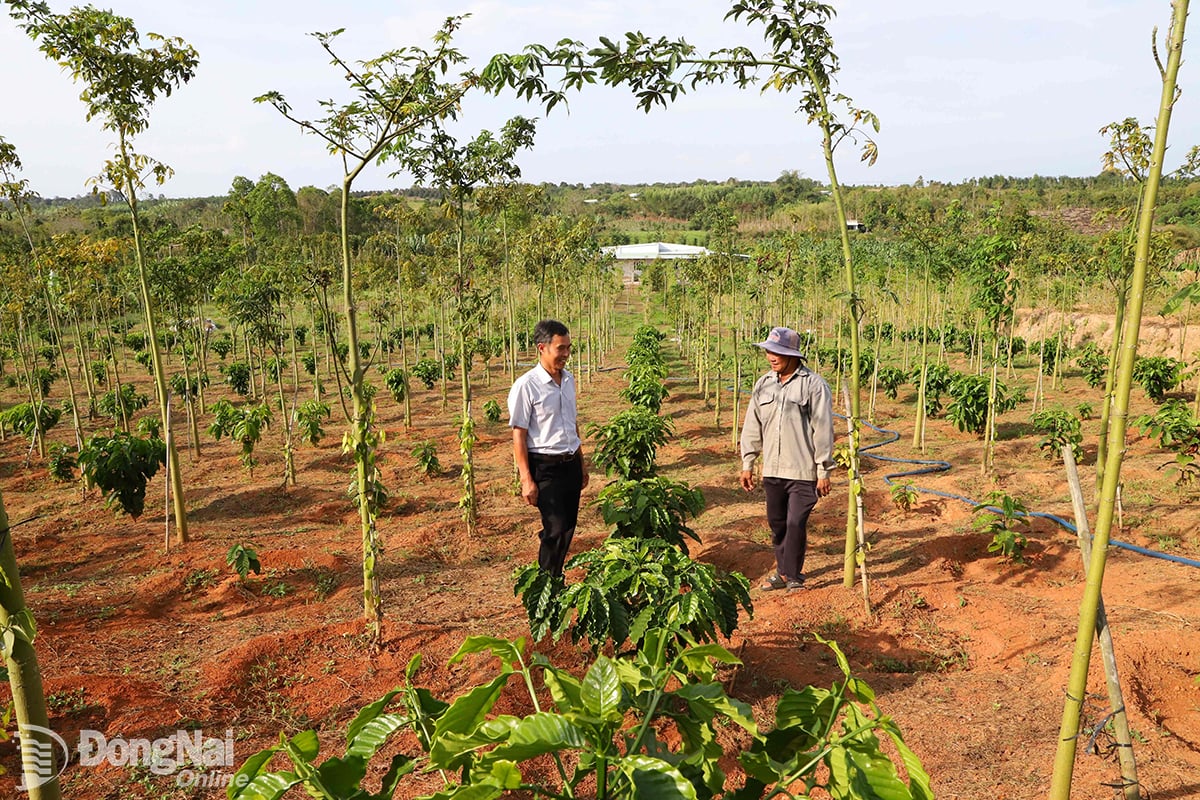












Comment (0)